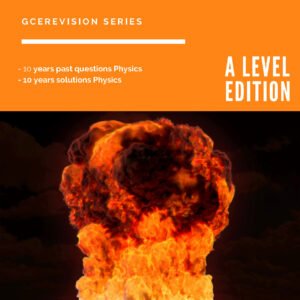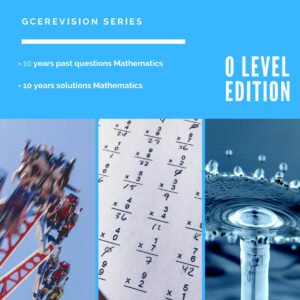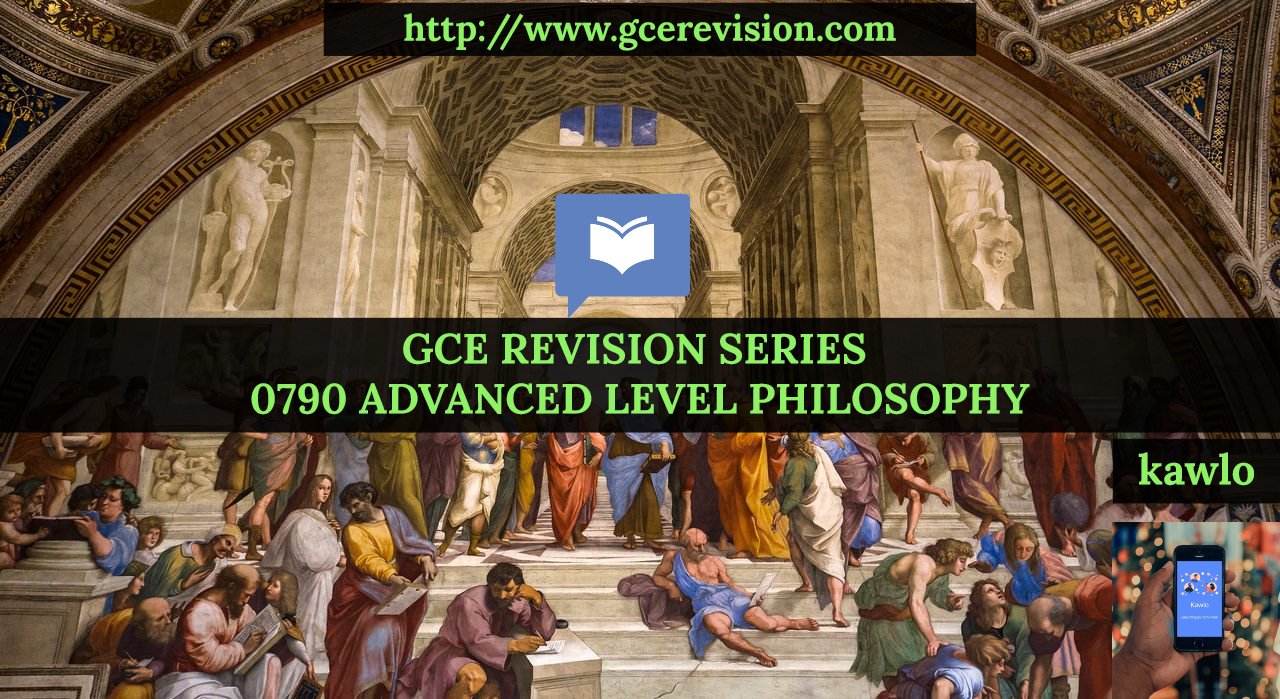Symbolic logic
DEFINITION OF SYMBOLIC LOGIC:
This is a method of reasoning by employing symbols and other special symbols. It is simply the name given to the Morden treatment of deductive logic. It is also known as mathematical logic.
PUNCTUATION IN SYMBOLIC LOGIC
- It provides mental shorthand which permits one to say much in a small piece.
- In symbolic logic, the vagueness and obscurity of the natural language is avoided.
- It clearly expresses the logical structures of propositions and arguments.
- It permits the use of symbols which is less cumbersome.
- Symbolic logic enables one to gain in space and time.
PUNCTUATION IN SYMBOLIC LOGIC
- Parenthesis (): these are punctuations marks used to group individual symbols. E.g. (p
- Brackets []: these are punctuation marks used to group statements that have parenthesis.
- Braces {}: these are punctuation marks used to group statements that have brackets.
LOGICAL CONNECTIVES
- Elementary concepts In symbolic logic
- Variables:variables are letters which can stand for any statement. They can be small letters or capital letters of the alphabet. When symbolising propositions, logicians generally begin from p-q as such “p” stand for the first statement while “q” is used for the second statement.
- Truth value: In classical logic, any proposition is either true or false. When a proposition is true, its truth value is true and vice versa. Similarly, in symbolic logic, a propositional variable is either true or false. Where in the truth value of a true statement is true and vice versa.
- Truth function: truth function is when one propositional variable is connected to another. The truth function of any number of propositions or statement is a function of them that has a definite truth value, dependent only on the truth- values of the constituent elements. E.g. The statement “p is true” and “q is true” is a truth function for its truth depends totally on the truth or falsity of p and q.
- A Simple statement: this is a variable or statement that does not have any other statement as component. It can also be defined as a propositional variable that does not contain another statement as a component. E.g. p; q;r.
- Compound Statement: this is a statement that has at least one simple statement as a variable. E.g.
- Truth functional simple statement
- Negation: the negation of statement is its denial. This means that it has the opposite truth value of the statement negated. A Negation is expressed in English in any of the following forms: not, it is not true, it is false that, it is not the case that. E.g.
The negation of the statement “Vera is fat” is “Vera is not fat”
- Conjunction: it is a truth functional compound statement called conjuncts. Conjunction is expressed in English using statements like: and, but, while, although, yet, nevertheless, etc.
Example
Bamenda and kumbo are in the North West region of Cameroon.
- Disjunction: this is a truth functional compound statement made up of two simple statements called disjoints. Disjunction is expressed in English using words like: either/or, neither/nor.
EXAMPLE
Cameroon is neither a town nor a country.
- Implication or Conditional: Implication is a truth functional statement made up of an antecedent and a consequence. The antecedent of true conditional statement provides a sufficient condition for the truth of the consequence and vice versa. Implication is expressed in English using words like: if….then provided that, implies that, assuming that, supposing that, given that, condition for etc.
EXAMPLE
If you work hard, you will pass your GCE.
- Logical Constants and Truth-Functional Connectives:
Logical constants are connective expressions used in logic. They link the truth-value of one function to another. A logical constant is expressed in a connective. A connective is an element of a sentence that joins parts in such a way that the logical properties of the whole are a defined function of the logical properties of the parts. They correspond to the various truth functional connectives. Logical constants connect the various truth functional compound statements to another so as to form a truth-functional compound statement. They consist of the curl for the negation, the dot for the conjunction, the vel for the disjunction, the horseshoe for the implication, and the triple bar for the Biconditional
- Negation: the logical constant for the negation is called the curl, written as “~” so if the statement “Serena is kind” is symbolised as “p”, then its negation “Serena is not kind will be symbolised as “~P”. The rule for negation states that if a statement is true, then its negation is false and vice versa.
- Conjunction: the logical constant for conjunction is called the dot, written as “.” Example. Chelsea went to school even though it was raining. Is symbolised as “p. q”. The rule for conjunction sates that conjunction is true inly when both conjuncts are true.
- Disjunction: the logical constant for disjunction is called the VEL (v). The statement “Either Lukong or Chukwese is a Cameroonian. Is symbolised as “pv q”. The rule for disjunction states that disjunction is false only when both disjuncts are false.











